Matatu Culture: Graffiti Artists Earning Up to Sh250,000 Through Urban Art
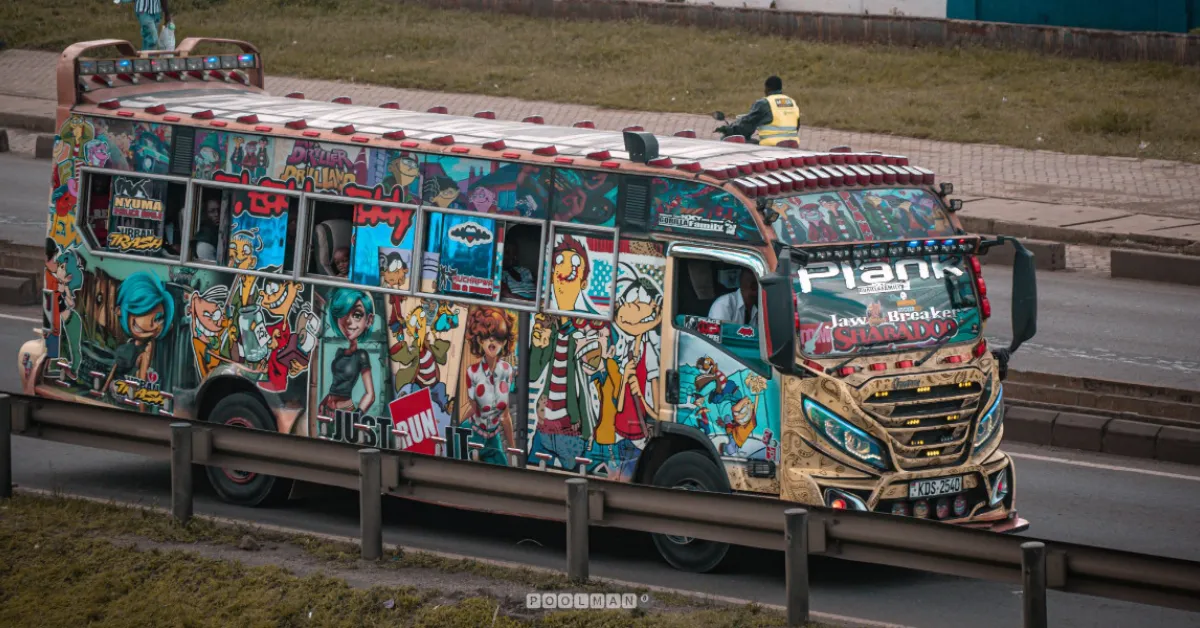
Nairobi’s public transport system has evolved beyond its traditional role, with ‘nganya’—matatus decorated as vibrant, mobile artworks—becoming a distinctive form of urban expression.
These colourful vehicles not only transport passengers but also serve as canvases showcasing a wave of artistic creativity that is gaining recognition both locally and internationally. Artists such as Babel Gody, known for his work on matatus like Detroit and Ikigai, have elevated this art form by turning daily commutes into immersive visual experiences.
Drawing inspiration from online platforms and everyday life in Nairobi, Gody aims to create designs that resonate with the city’s residents, offering imagery that reflects their realities and emotions. “It is about presenting something genuine that people can connect with,” he explains.
Despite the creative rewards, artists face several challenges, including demanding client expectations, complex designs, and the impact of Nairobi’s unpredictable weather. Mike Oby, a design specialist with over ten years’ experience, highlights the extensive collaboration and dedication involved in projects such as the ‘Mood’ matatu, which required months of work from teams of artists and technicians.
Cliff Otieno, also known as Cliff Khalifa, began his artistic journey in high school and has since built a successful career in graffiti and urban art. “Success in this industry requires both skill and continuous learning,” Khalifa notes, emphasising the evolving nature of the craft.
Patrick Kimweli, or Speck, combines his passion for cars and art, viewing his work on nganya as a source of income and a pathway to larger, more prestigious commissions. The popularity of nganya art extends beyond Nairobi’s streets, reaching wider audiences through social media and tourism.
Its mobility ensures widespread visibility, effectively turning ordinary journeys into public art exhibitions. However, artists argue that broader acceptance, particularly from the government, is essential for the art form’s growth. Gody stresses that if authorities stop opposing nganya culture and embrace it, more young people will be encouraged to express themselves creatively.
“Changing perceptions about art is crucial,” he says.
The legacy of nganya art owes much to pioneers like Mohammed Kartar, also known as Moha. Kartar, who began transforming Nairobi’s matatus into artistic platforms decades ago, established themes ranging from hip-hop culture to social issues. Now 47, Kartar reflects on his early work, noting, “I started with canvases and portraits but wanted something more visible that people could engage with.”




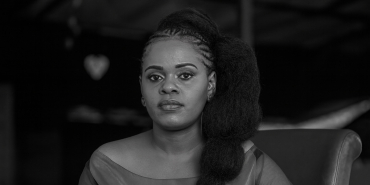
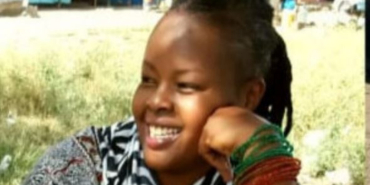
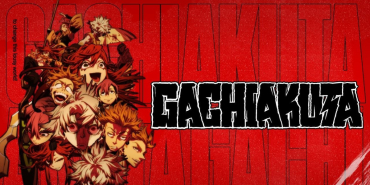
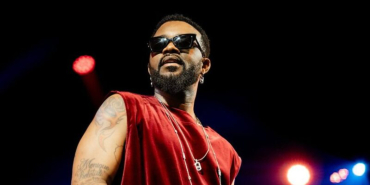
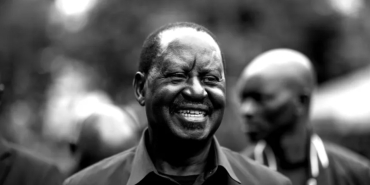





Add new comment